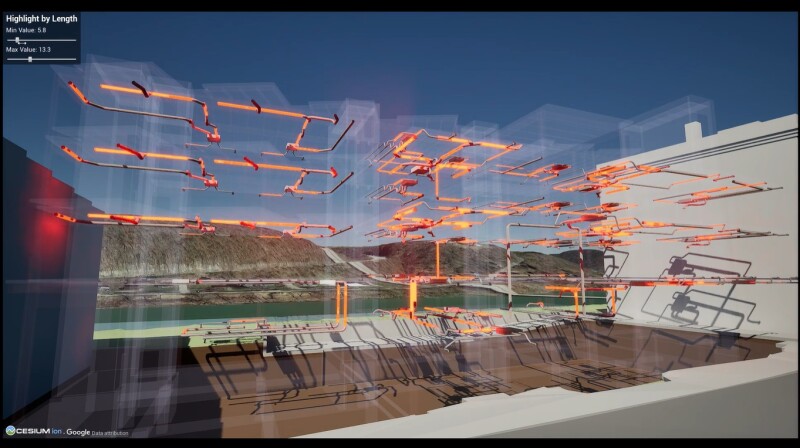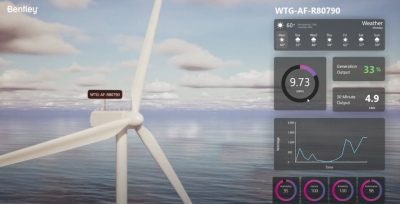Introduction
Cesium has been at the forefront of the development of 3D web GIS. Instead of developing proprietary software and file formats, it uses the browser as the main application to visualize and access 3D geospatial data stored in the cloud, combined with open data standards. The company developed Cesium ion, a cloud-based platform for managing, visualizing, and streaming different types of 3D geospatial data over the web.
One of the platform’s pillars is its 3D tiling pipeline, which breaks down large models into smaller, manageable pieces for real-time rendering. This engine supports different spatial data types, including point clouds, 3D models, and buildings. Cesium developed the 3D Tile format for streaming massive datasets over the web.
Cesium announced the release later this year of a new Revit add-in to complement existing workflows by connecting Revit to Cesium ion with a one-click export capability. The add-in will connect to a Cesium ion user account to place and visualize Revit design data in real-world environments. This is done using another new piece of Cesium technology called Cesium ion Design Tiler, which converts a project’s internal representation into 3D tiles. This workflow is similar to all data uploaded to Cesium ion.
In a blog post announcing the new Revit add-in, the company explains how the Cesium ion Design Tiler functions: it is optimized to support the properties of the BIM data and the metadata, materials, and textures within the Revit design file. The tiling process detects shared geometry and instances them in the exported 3D Tiles, to improve streaming and rendering performance. The Cesium ion Design Tiler is currently only available to subscribers of Cesium’s AECO Tech Preview Program. It will also support the conversion of IFC files to 3D tiles, in addition to Revit files. Autodesk Revit also supports the IFC file format.
The Revit Add-in allows AECO teams to send performant, interactive digital twins to partners over the web or into native runtime engines. These include Unreal Engine, Unity, or NVIDIA Omniverse via Cesium ion. Until now, combining Autodesk Revit content with Cesium ion datasets within NVIDIA Omniverse required using the Autodesk Revit connector and the Cesium for Omniverse extension. The new plugin will make this process a lot easier.
One participant of the AECO Tech Preview Program uses the add-in to convert existing Revit design data to 3D Tiles and bring that data into Unreal Engine, a popular game engine for creating real-time 3D experiences. Unreal Engine is popular in the AEC industry for creating interactive walkthroughs so clients can explore and interact with a space before its built. The new add-in will extend AEC workflows to move design data into gaming engines, so they become a part of interactive 3D workflows for AEC project design, analysis, and delivery.





